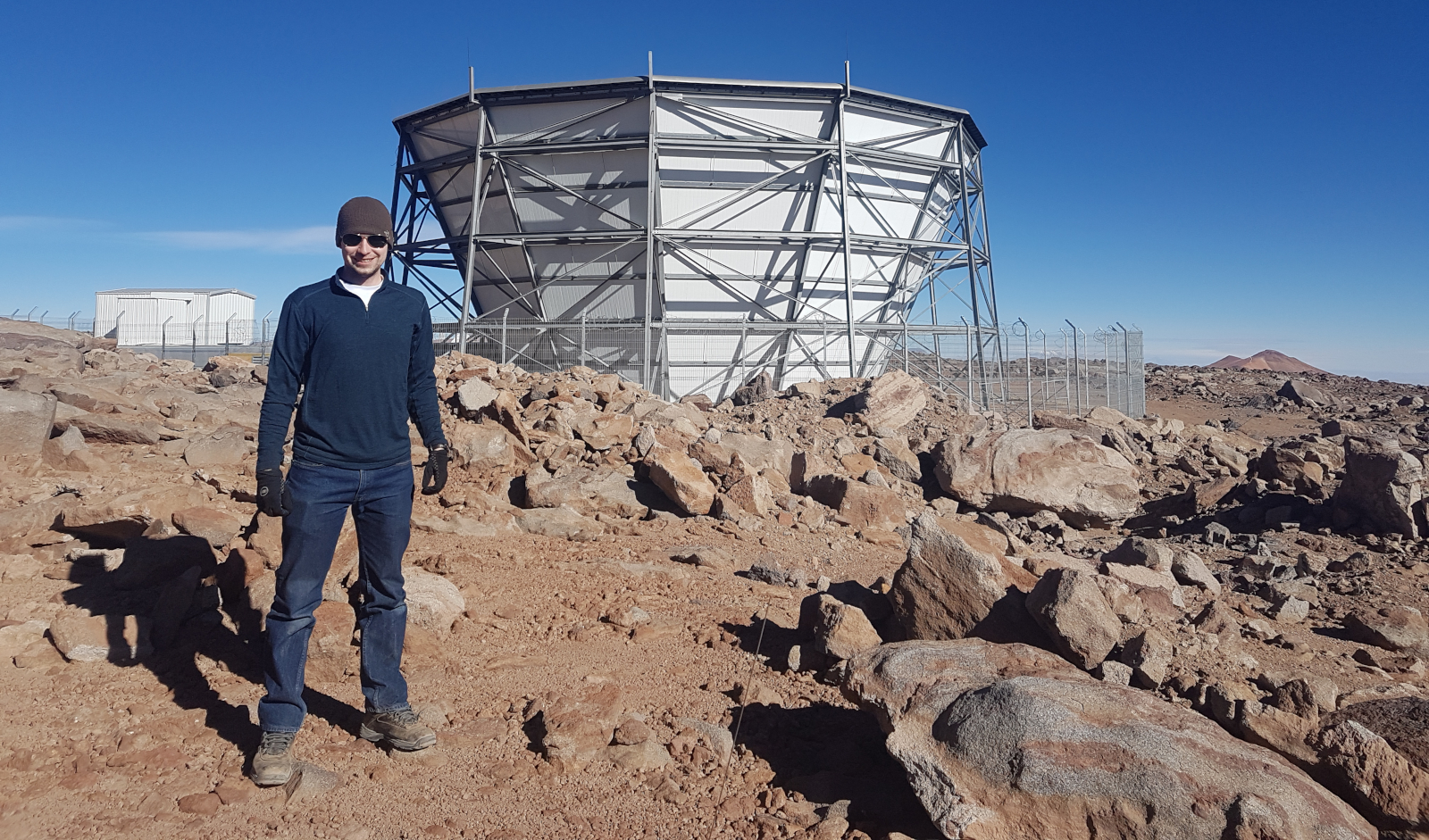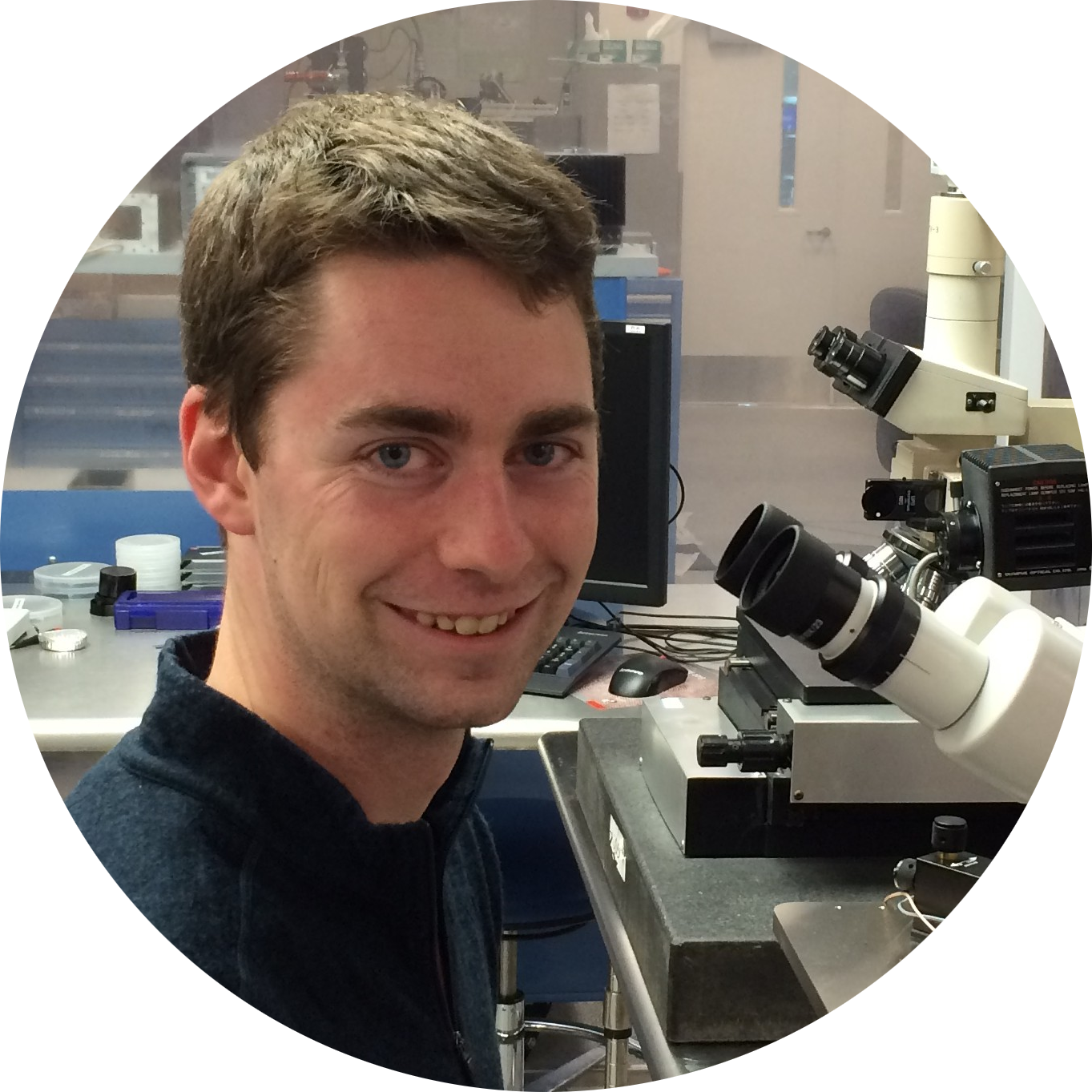Home
I am a NASA Postdoctoral Program Fellow at Goddard Space Flight Center. I develop novel superconducting detectors and cryogenic optics for far-infrared and sub-millimeter orbital and sub-orbital telescopes, with the goal of enabling observations of galaxy evolution over cosmic time. I work with on range of technologies including silicon substrate frequency selective surfaces, kinetic inductance detectors, frequency-multiplexed radio-frequency readout, cryogenic & vacuum systems, and Fourier transform infrared spectroscopy. With teams of engineers and scientists at NASA Goddard and the Jet Propulsion Laboratory, I integrate these technologies to construct the next generation space-based observatories. To learn more about my time at Goddard, check out my Early Career Scientist Spotlight article.
As an applied physicist, I enjoy bridging the gap between emerging technologies and future scientific discoveries. The goal of my work at NASA is to develop, improve, and deploy state-of-the-art light-sensing technologies for new astrophysics observatories. Once launched, these technologies will enable studies of the content and evolution of the the most sensitive and precise measurements of the cosmic microwave background and regions of early star-forming galaxies.
Previously, I was a graduate student in Applied and Engineering Physics at Cornell University. As a graduate NASA Space Technology Research Fellow, my research focused primarily on millimeter-wave optics and superconducting detectors for ground-based Cosmic Microwave Background and Epoch of Reionization observatories. I worked with Professors Michael Niemack and Gordon Stacey as part of the CCAT-prime, Simons Observatory, Advanced ACTPol, and CMB Stage-4 collaborations.
 The Atacama Cosmology Telescope on Cerro Toco (5190 m / 17030 ft) near San Pedro de Atacama, Chile (May 2017).
The Atacama Cosmology Telescope on Cerro Toco (5190 m / 17030 ft) near San Pedro de Atacama, Chile (May 2017).
